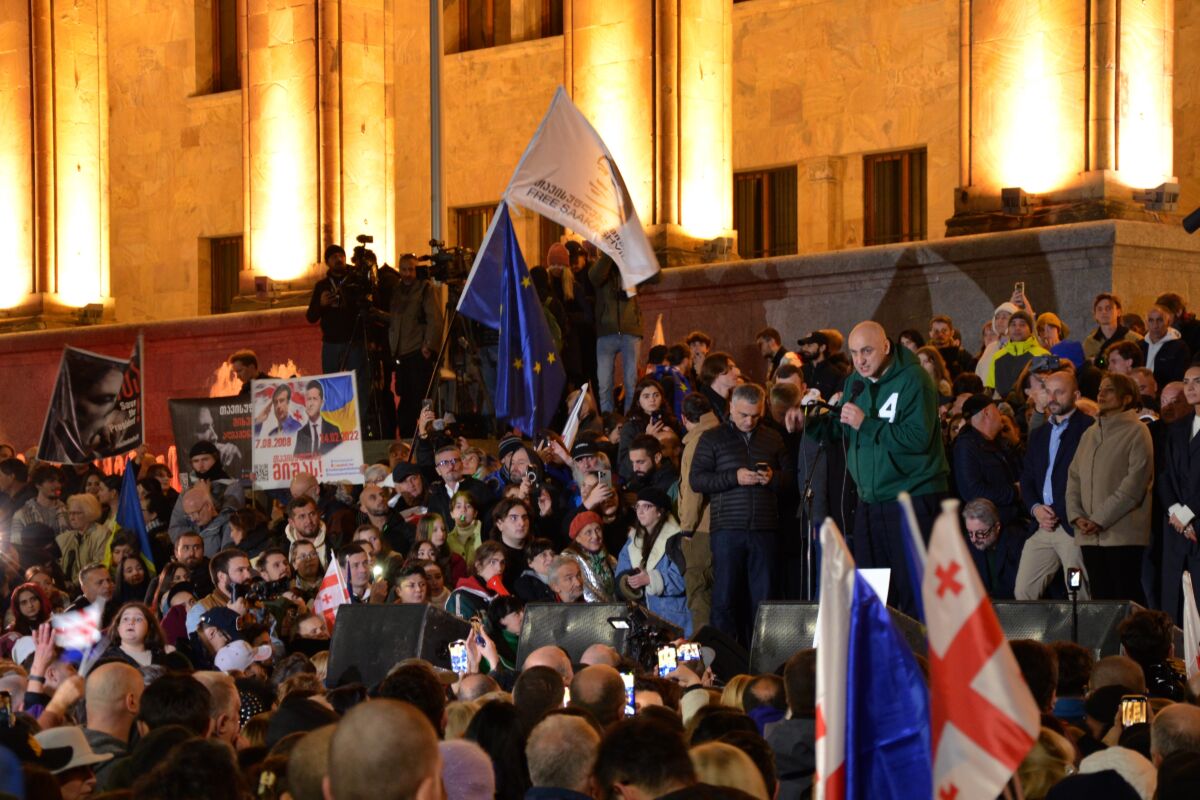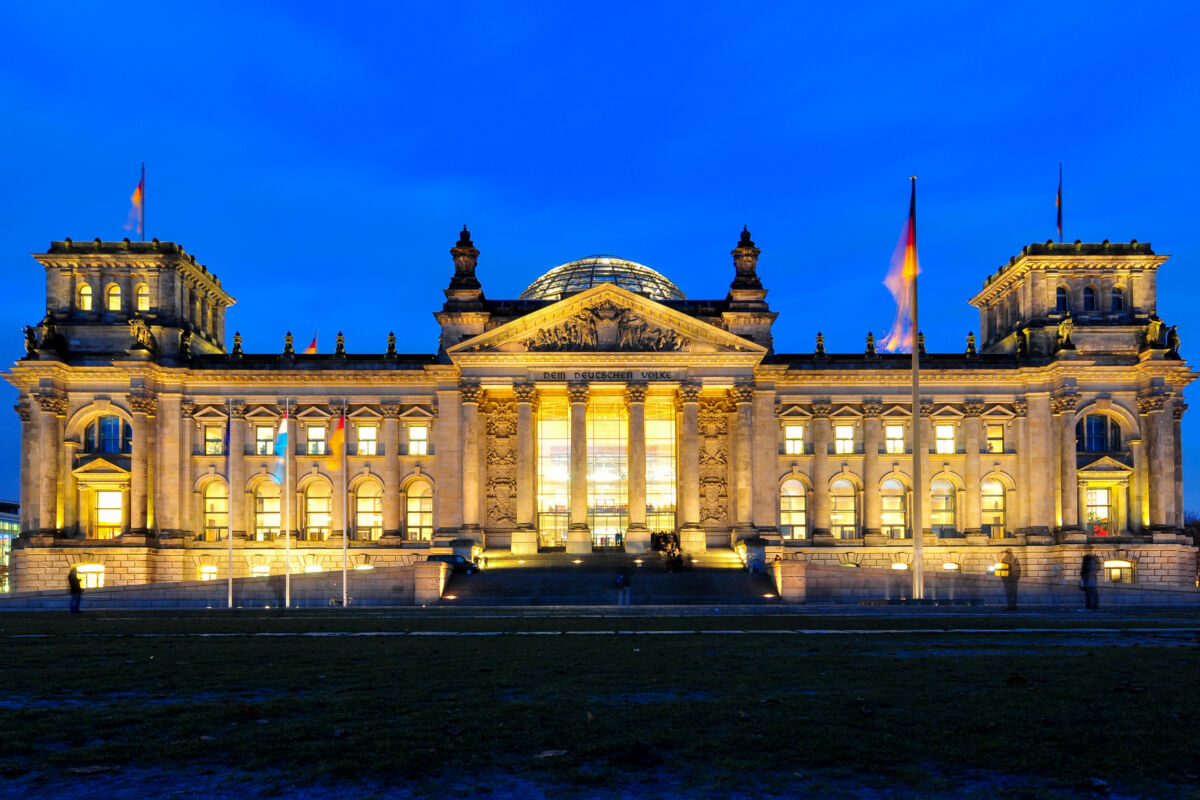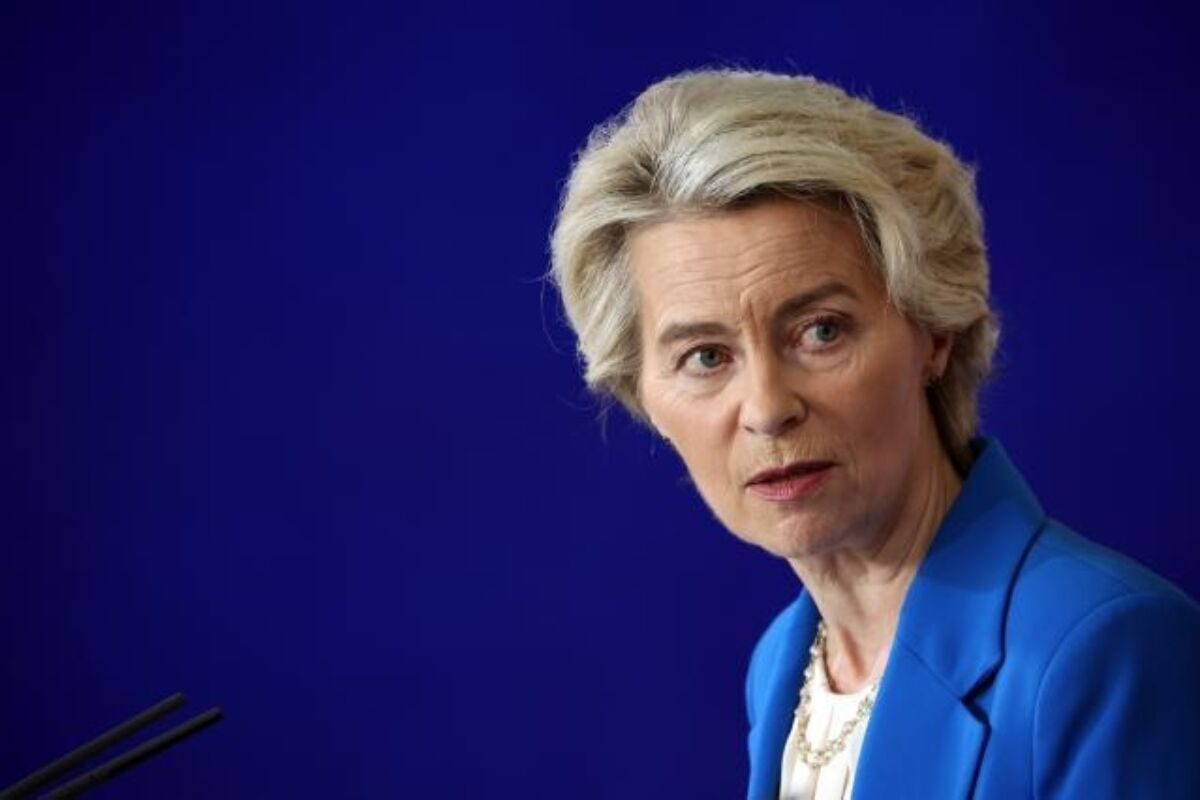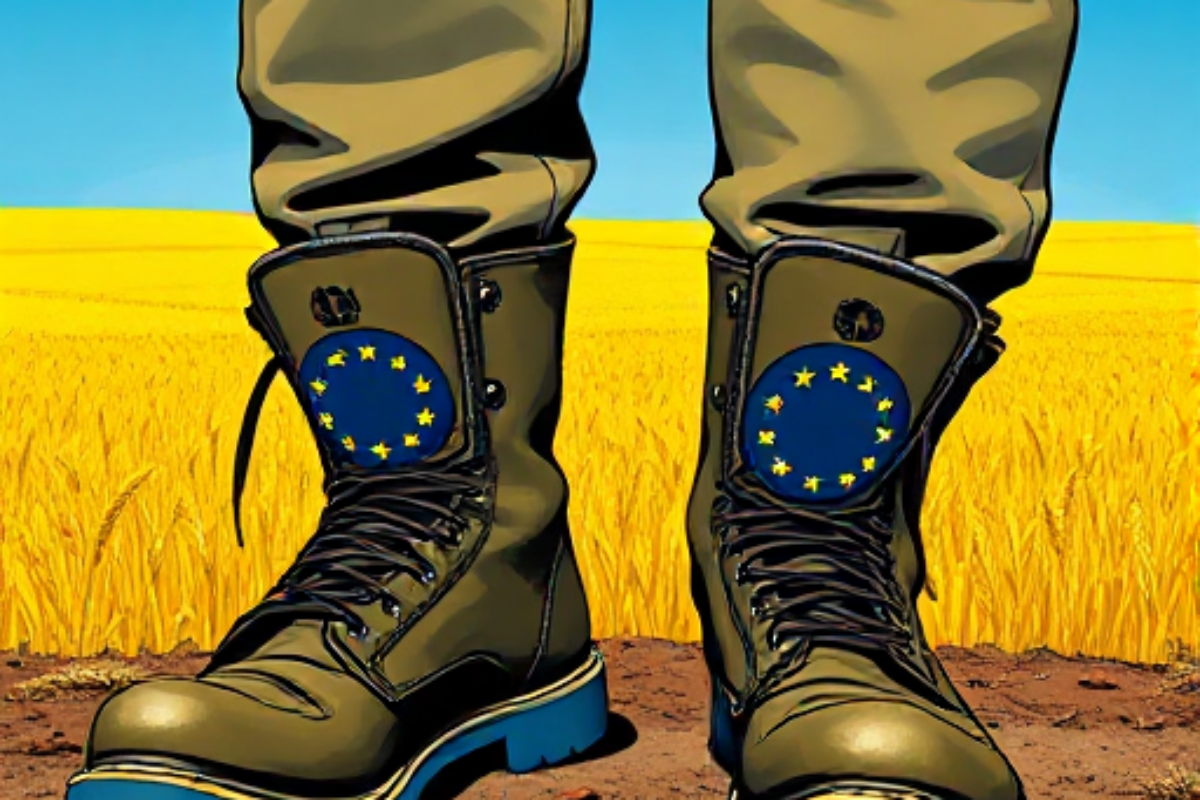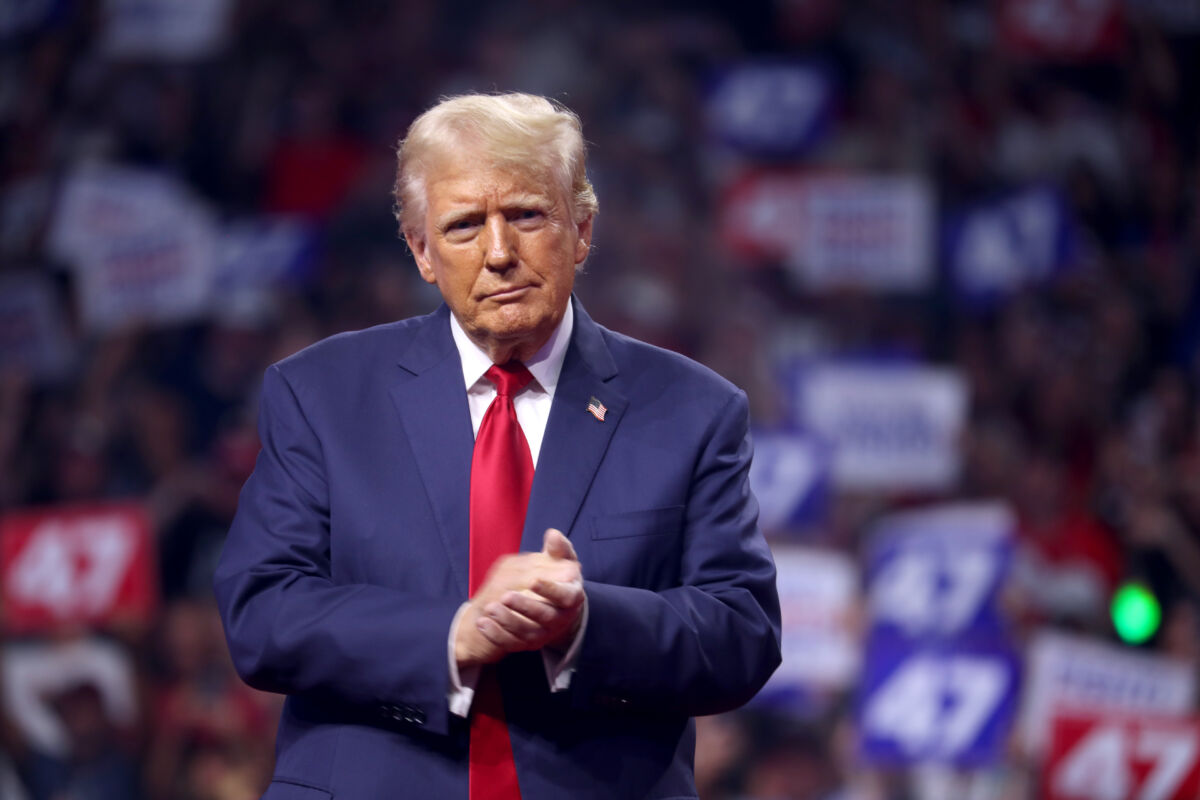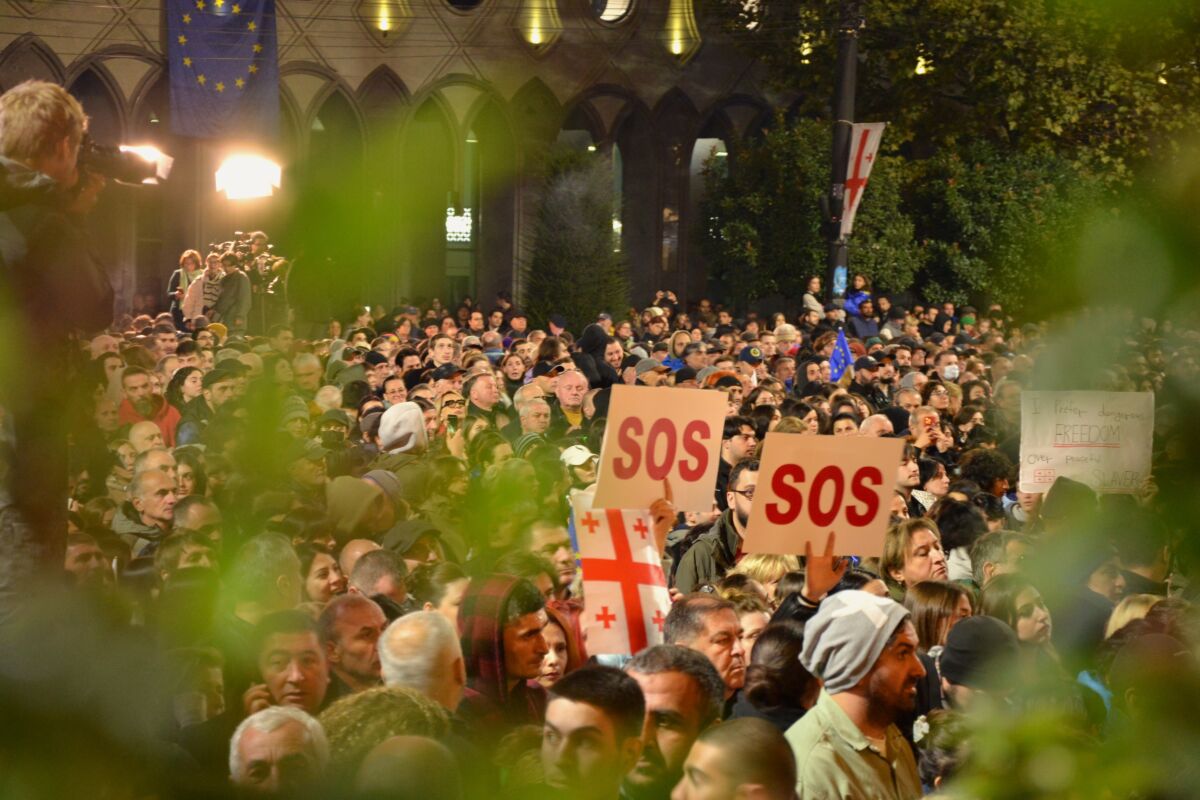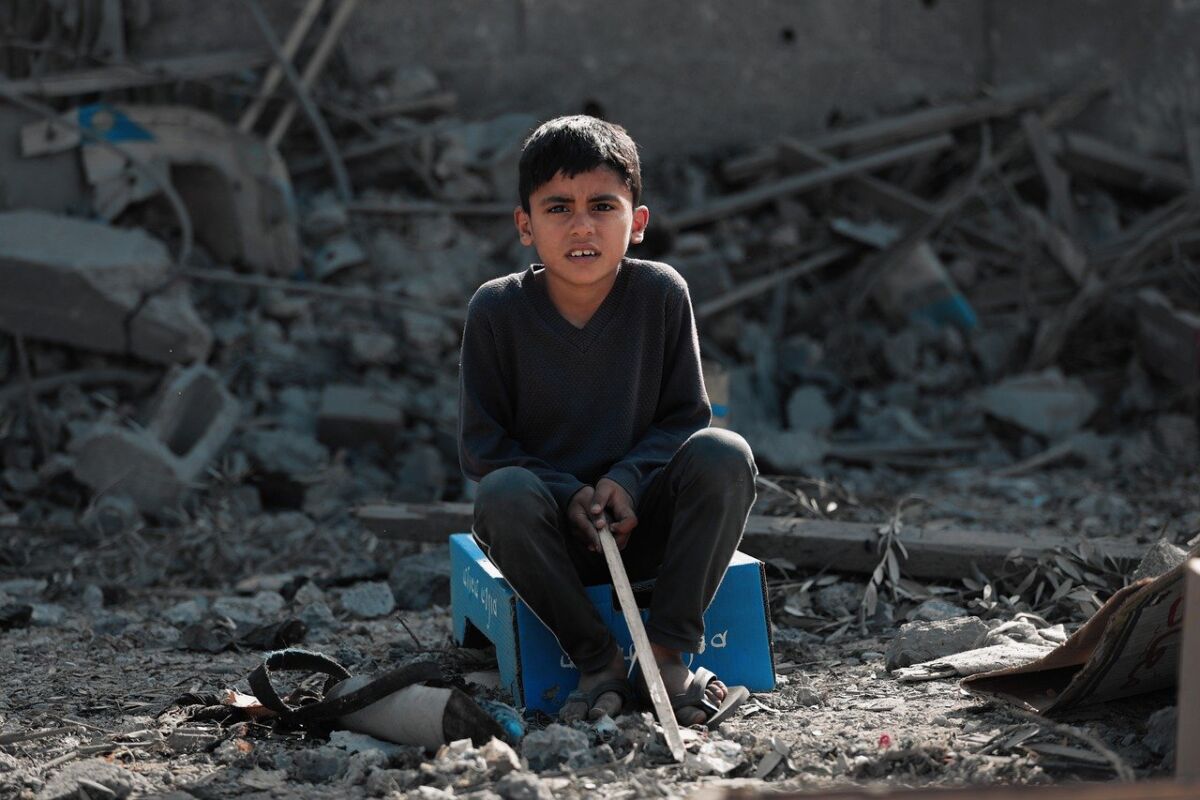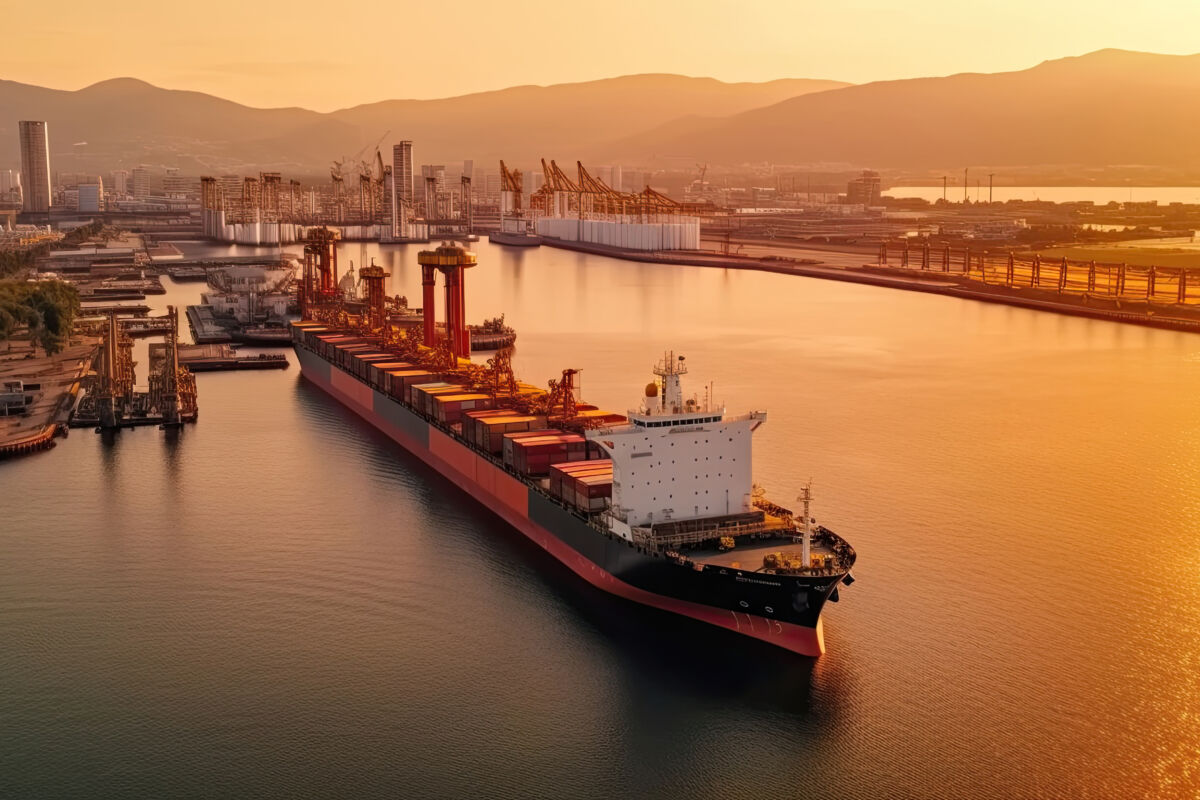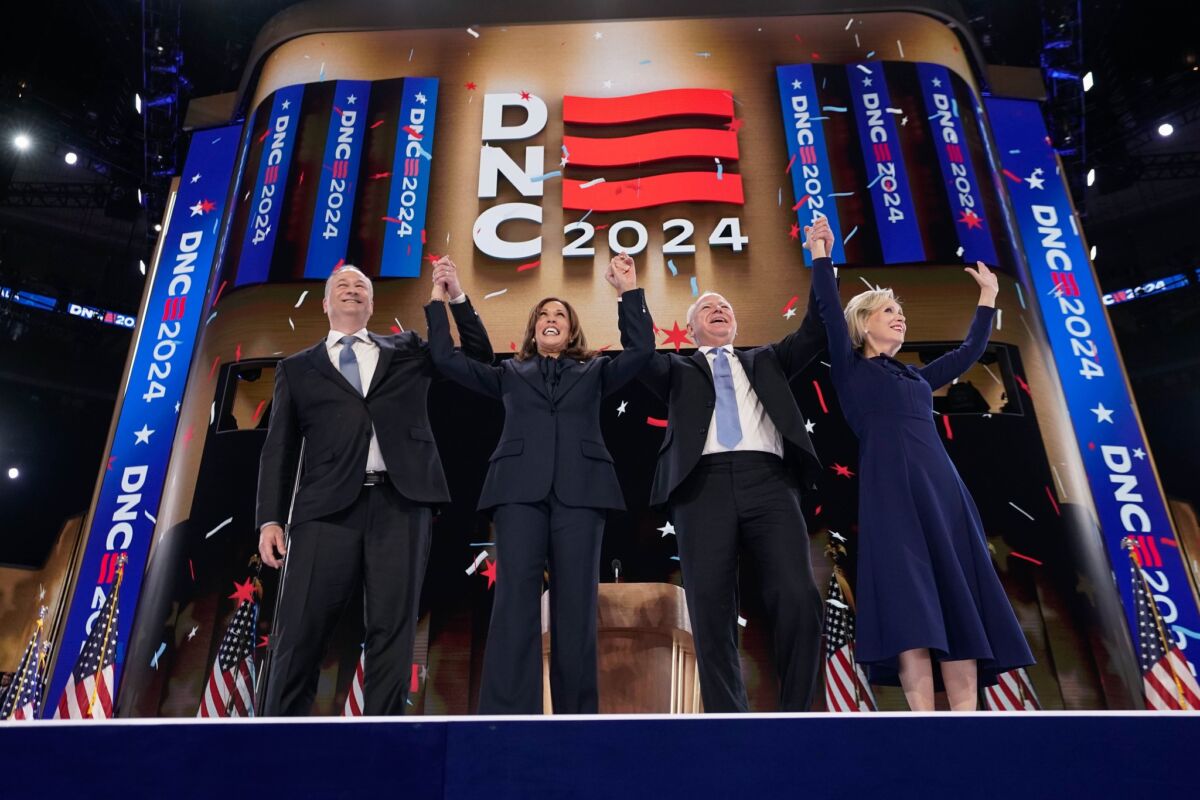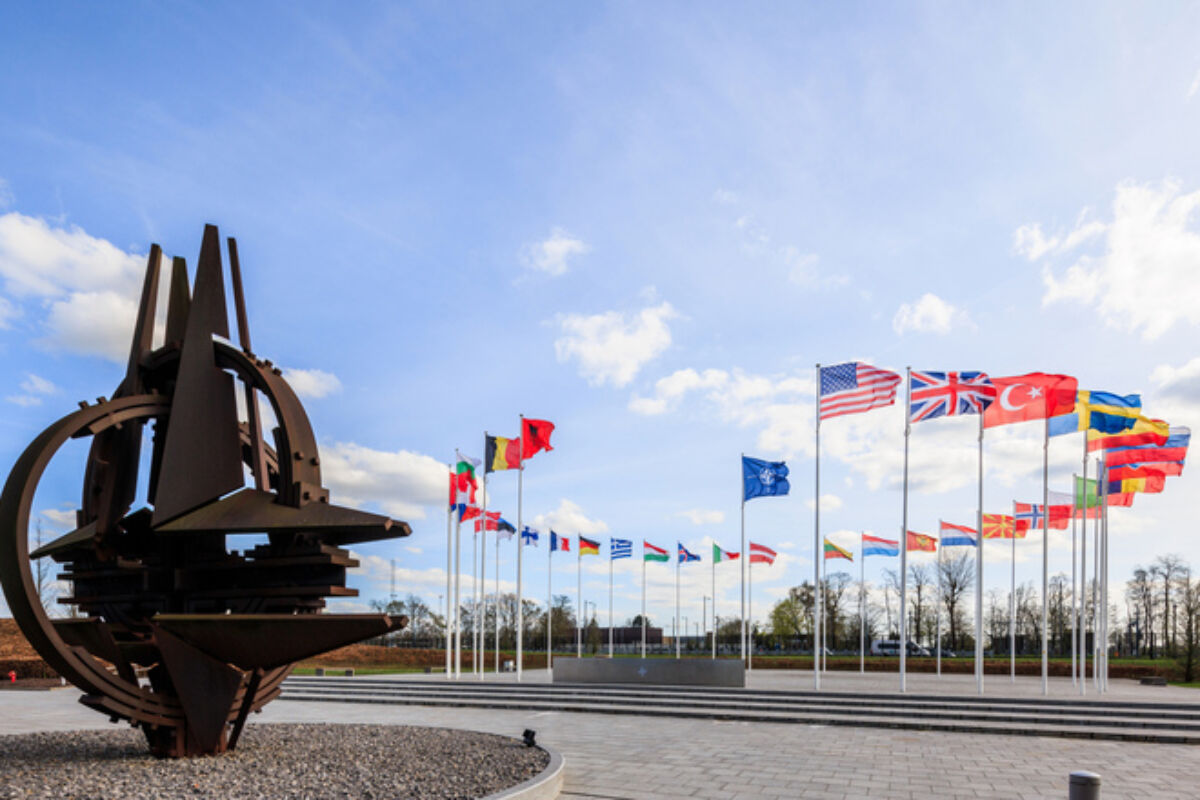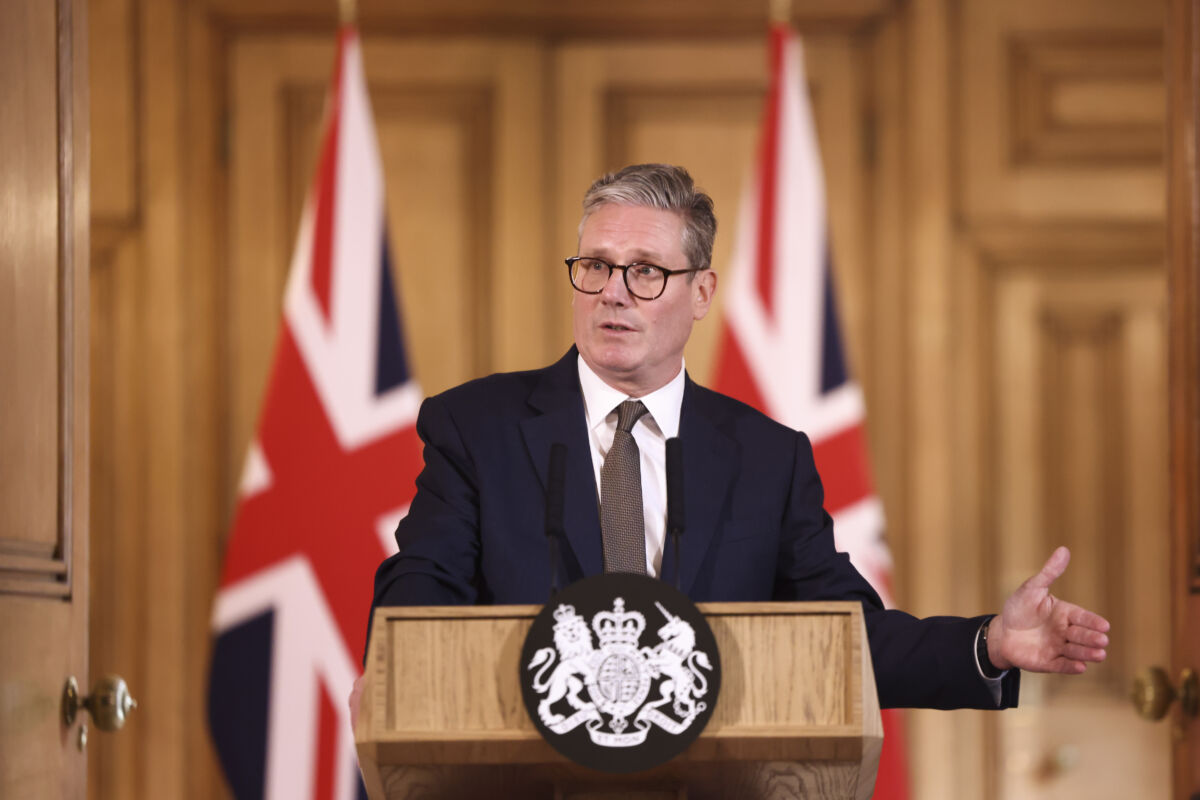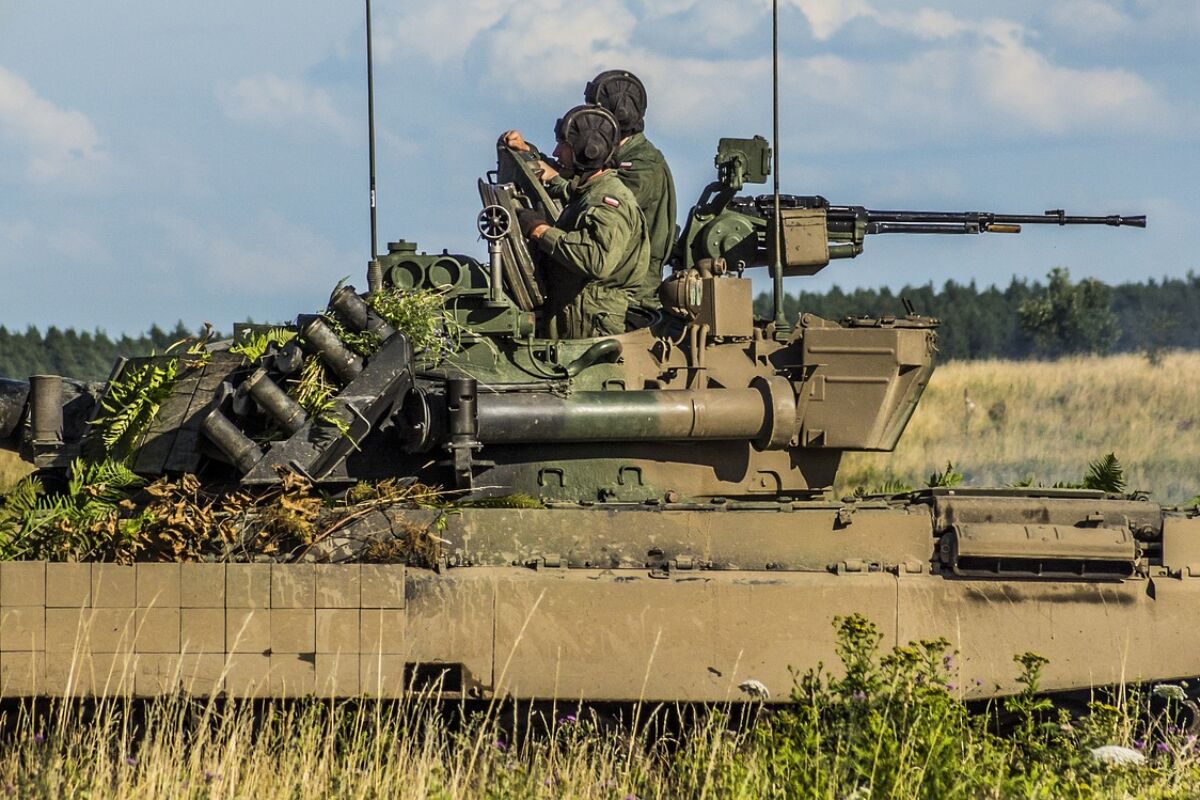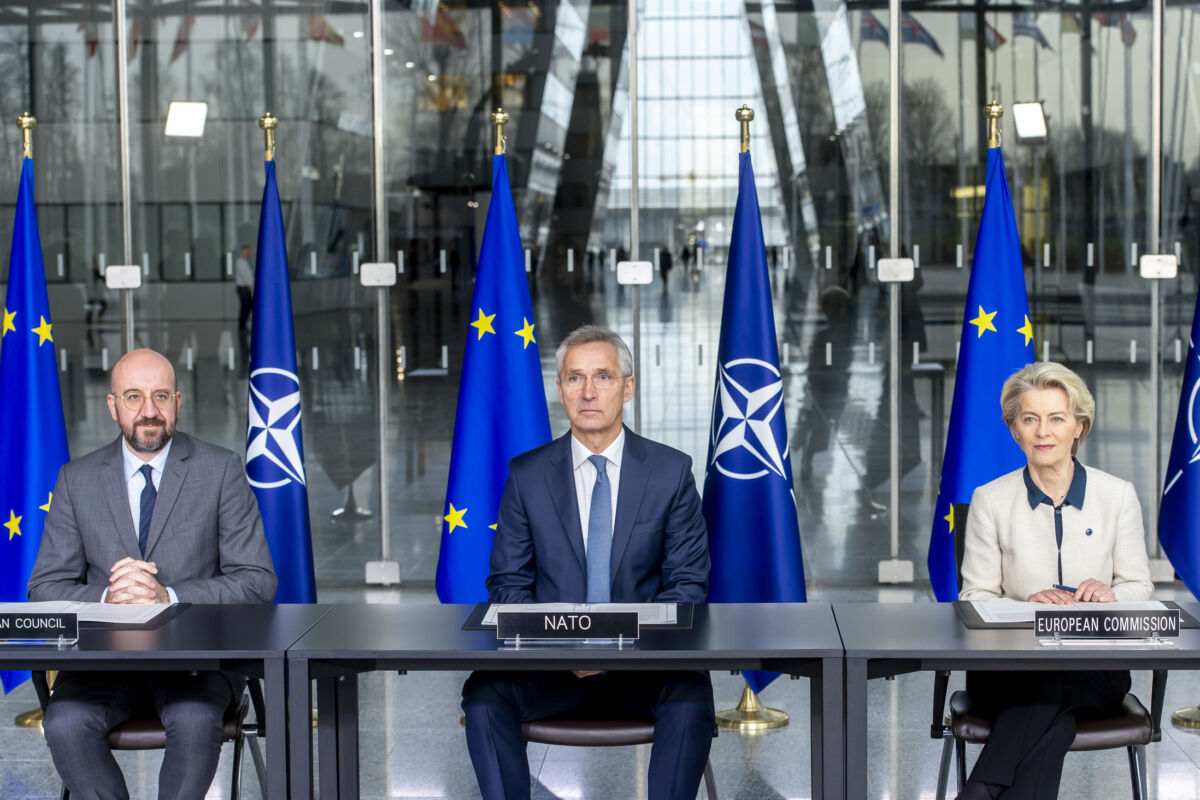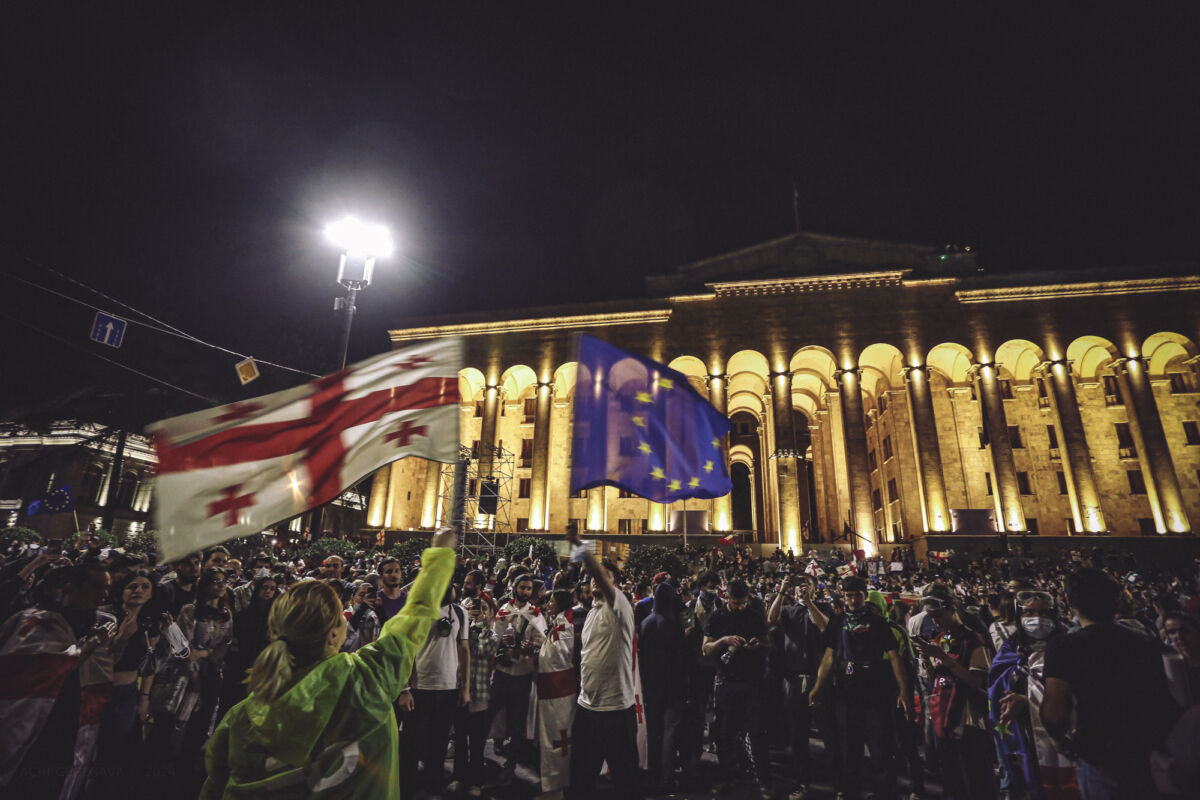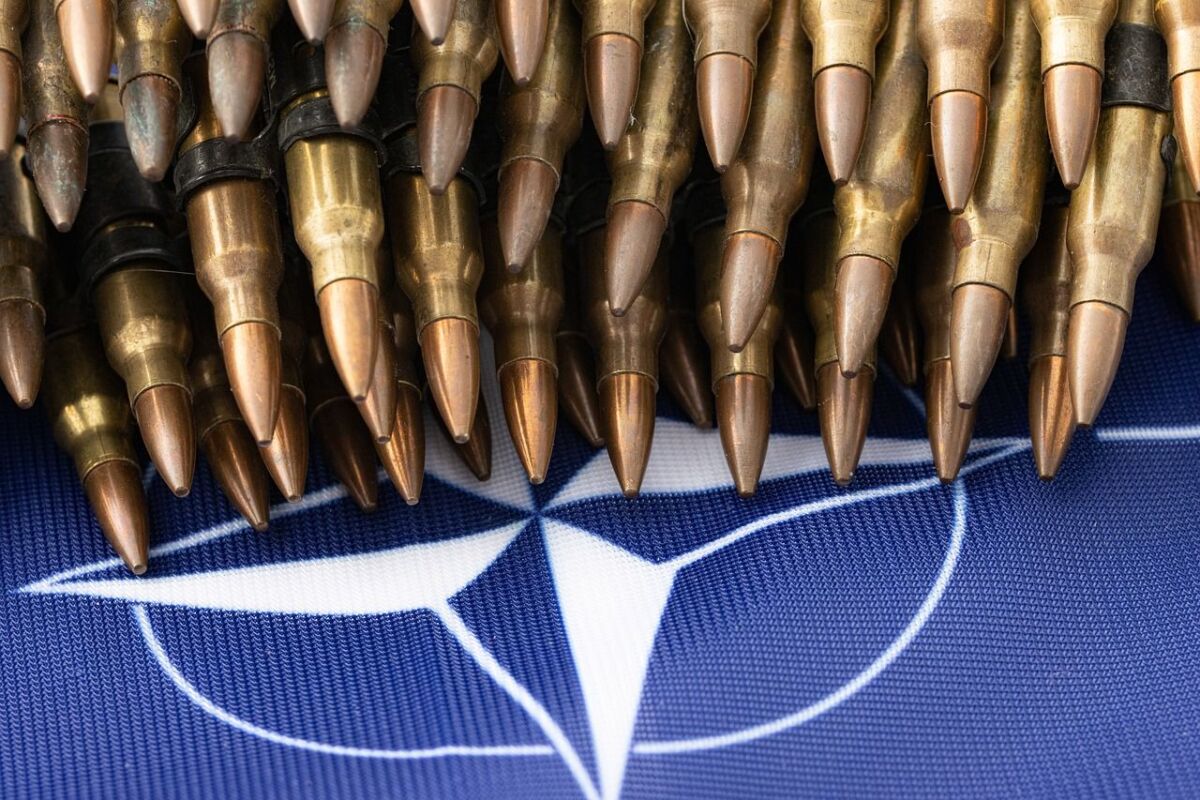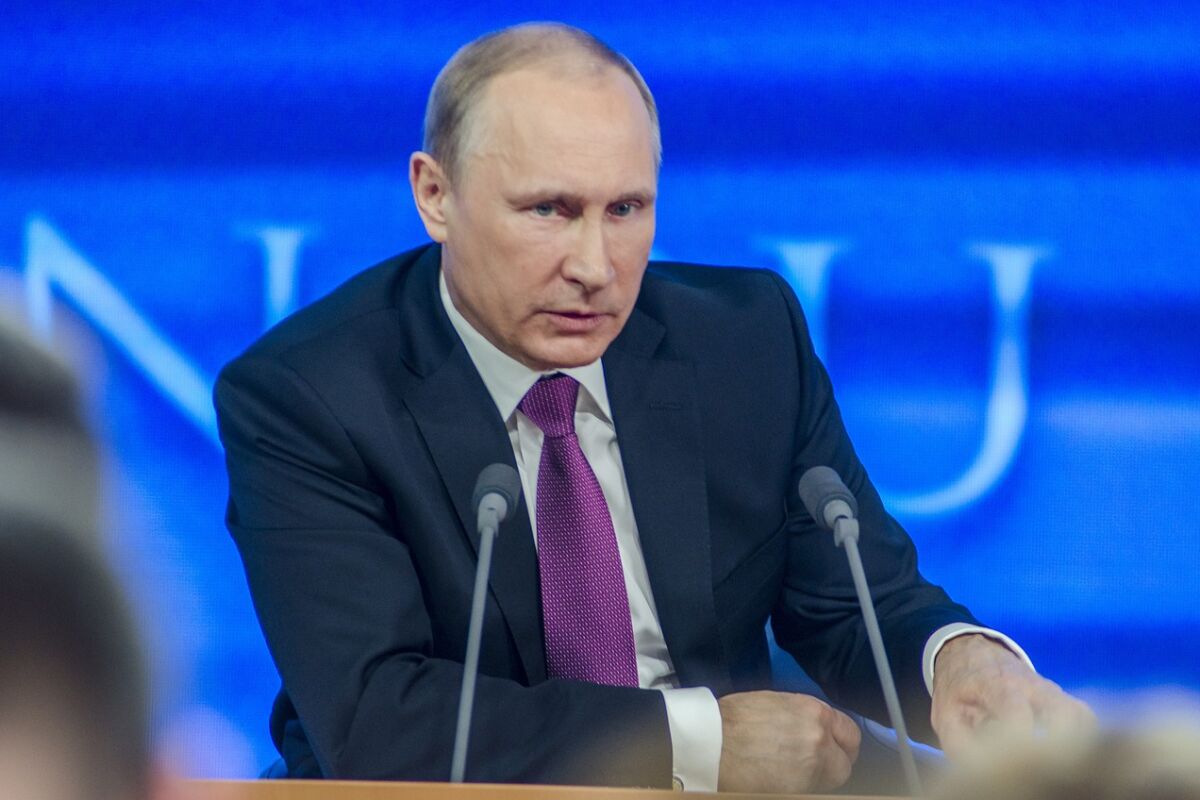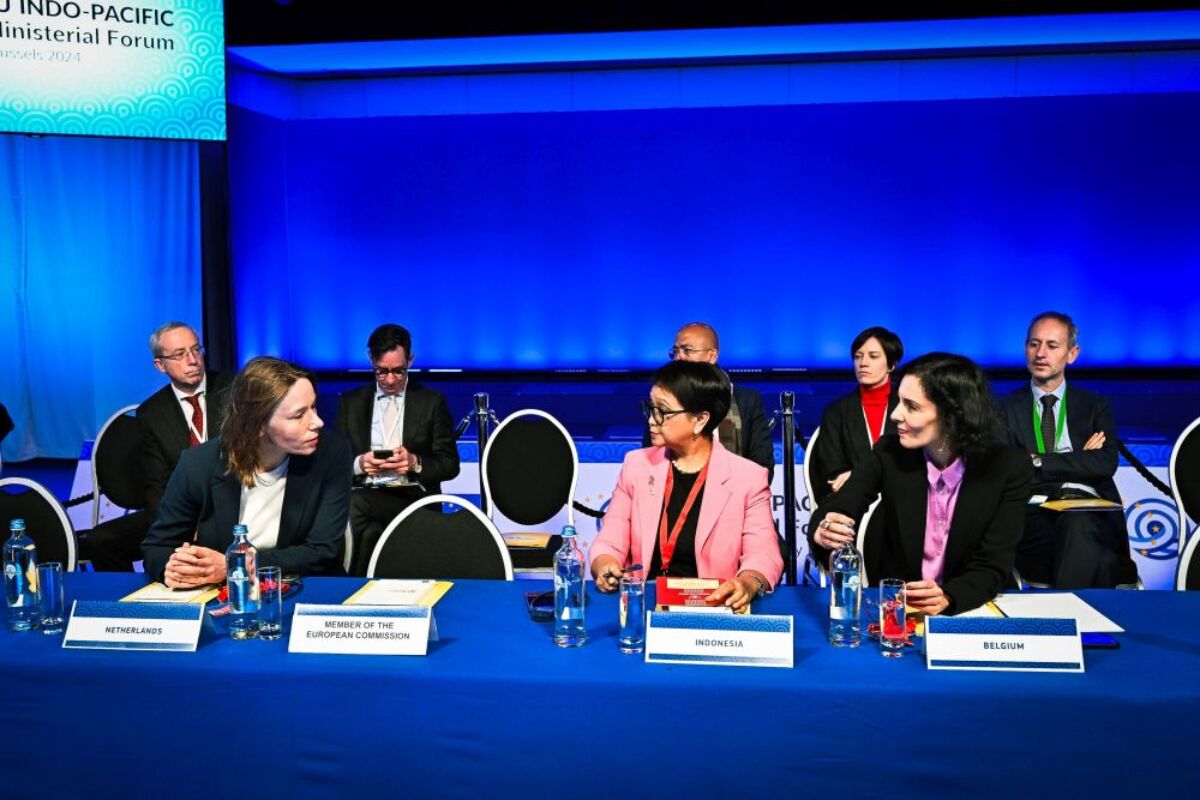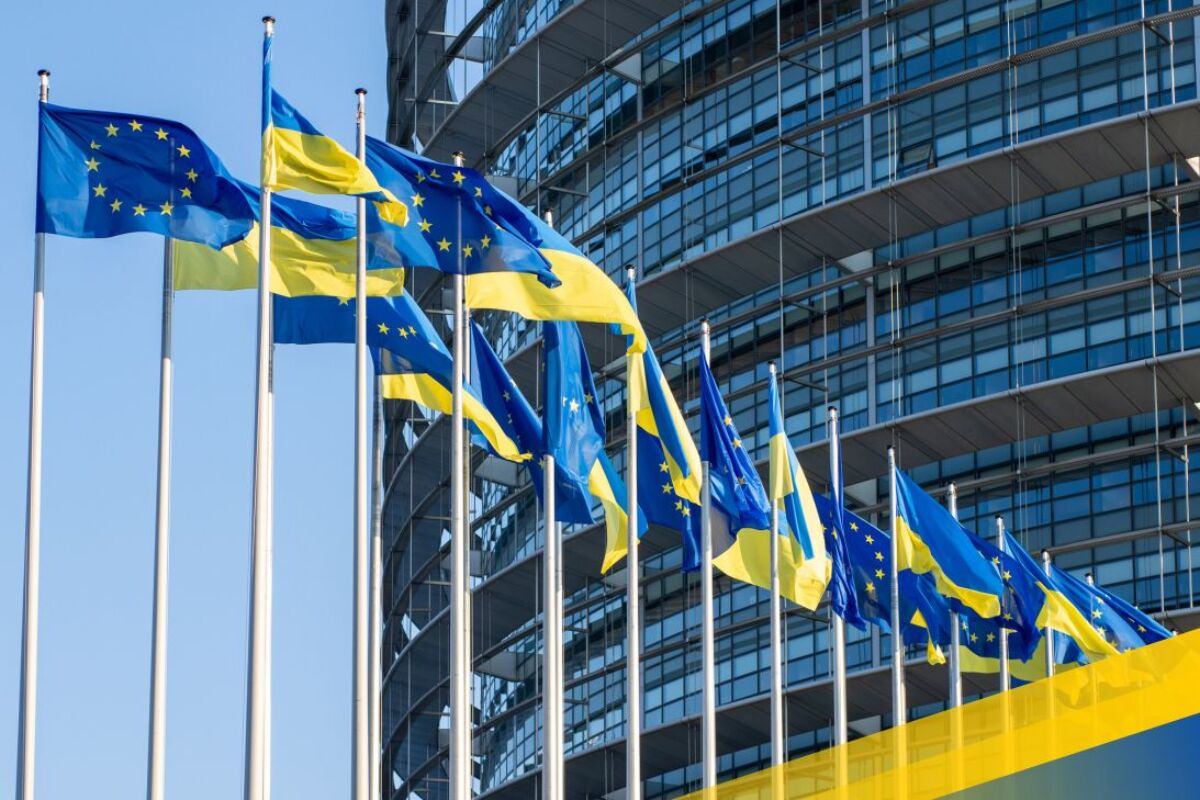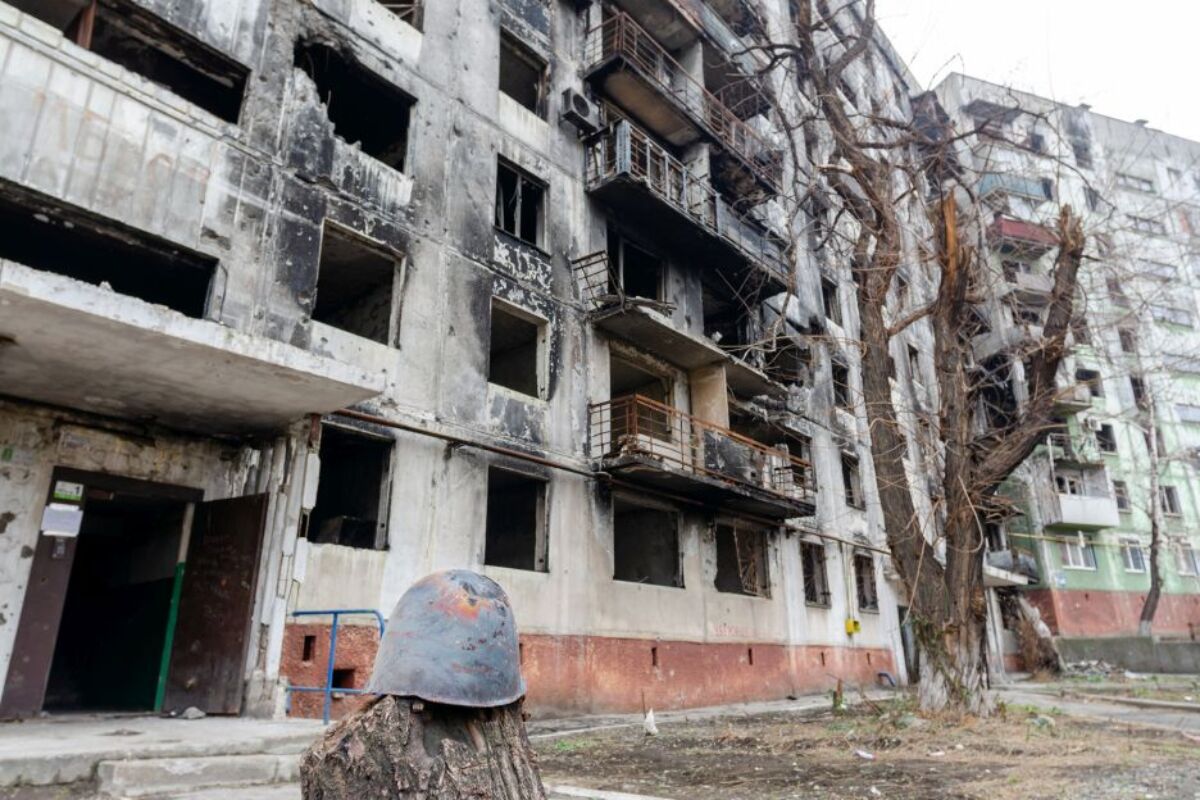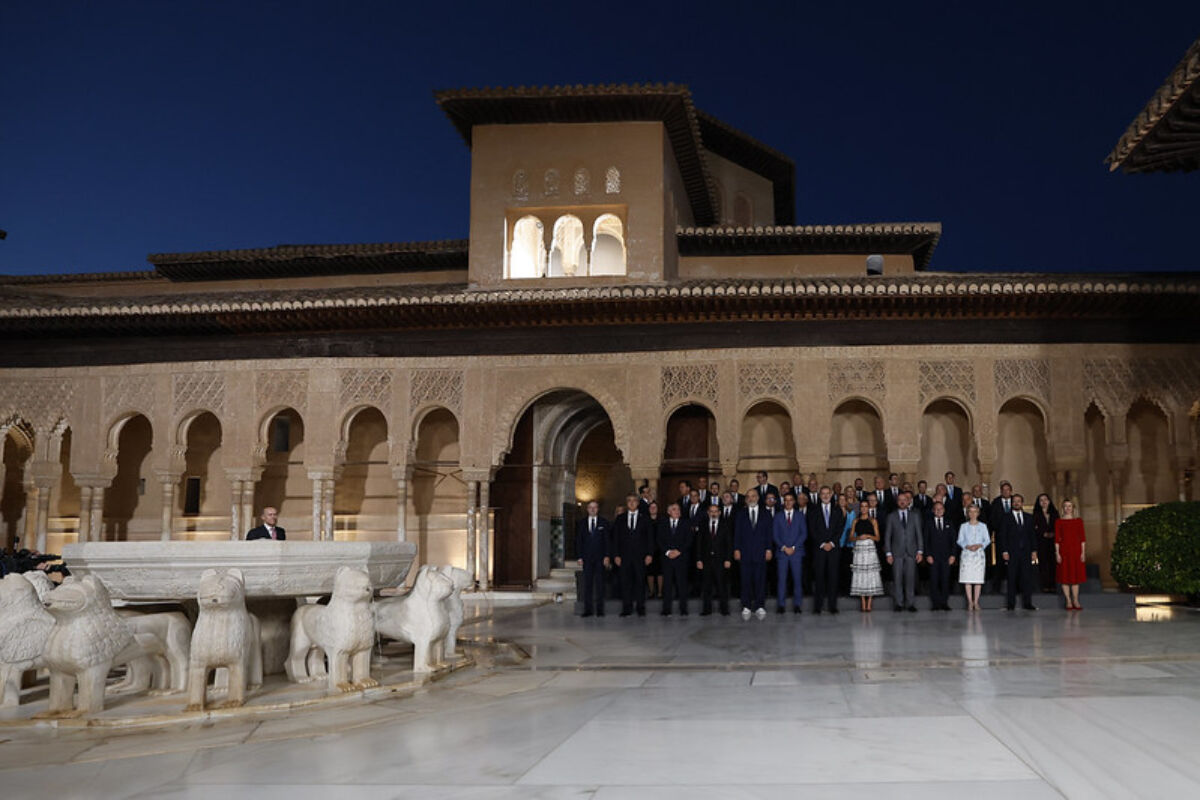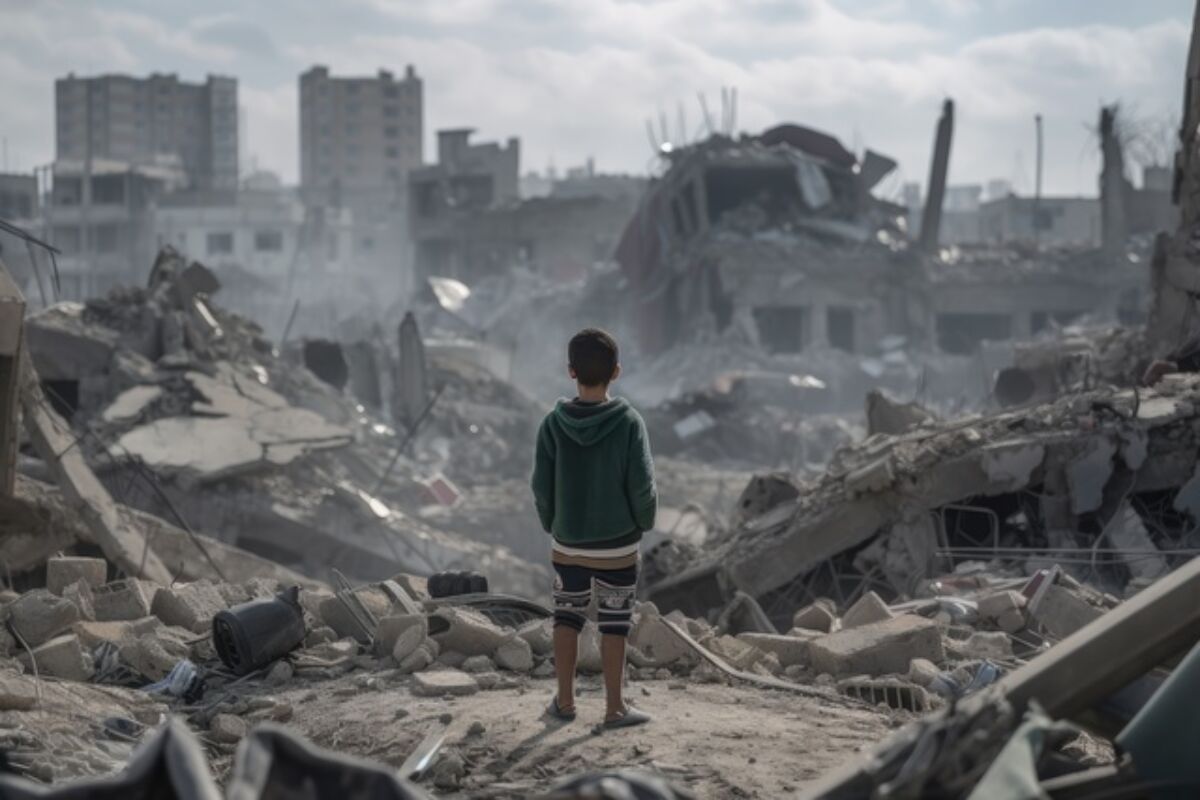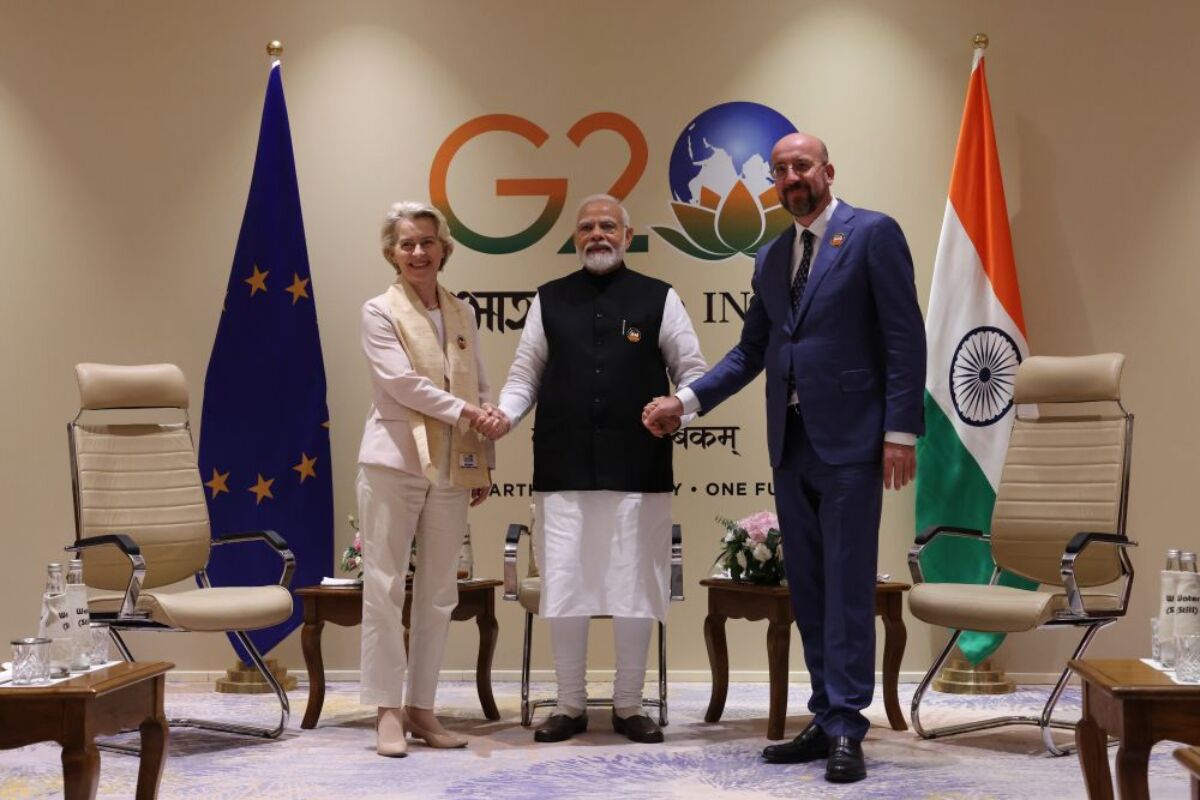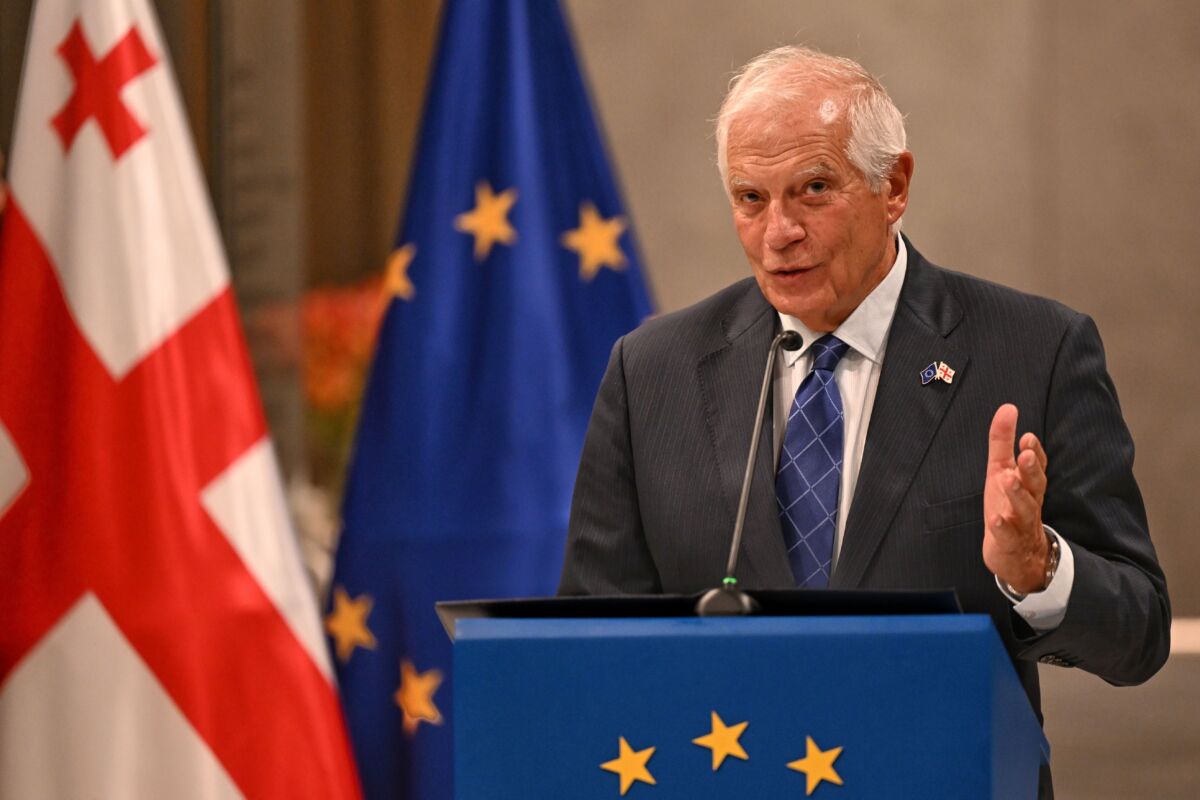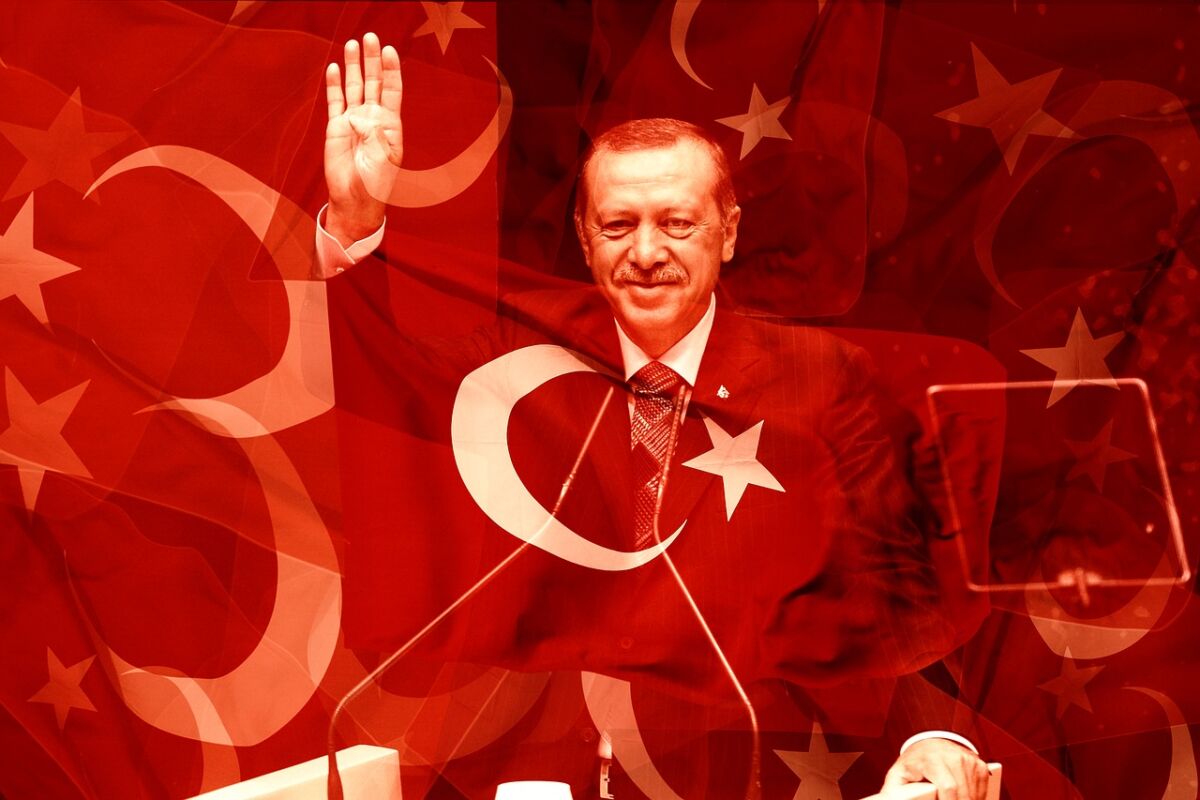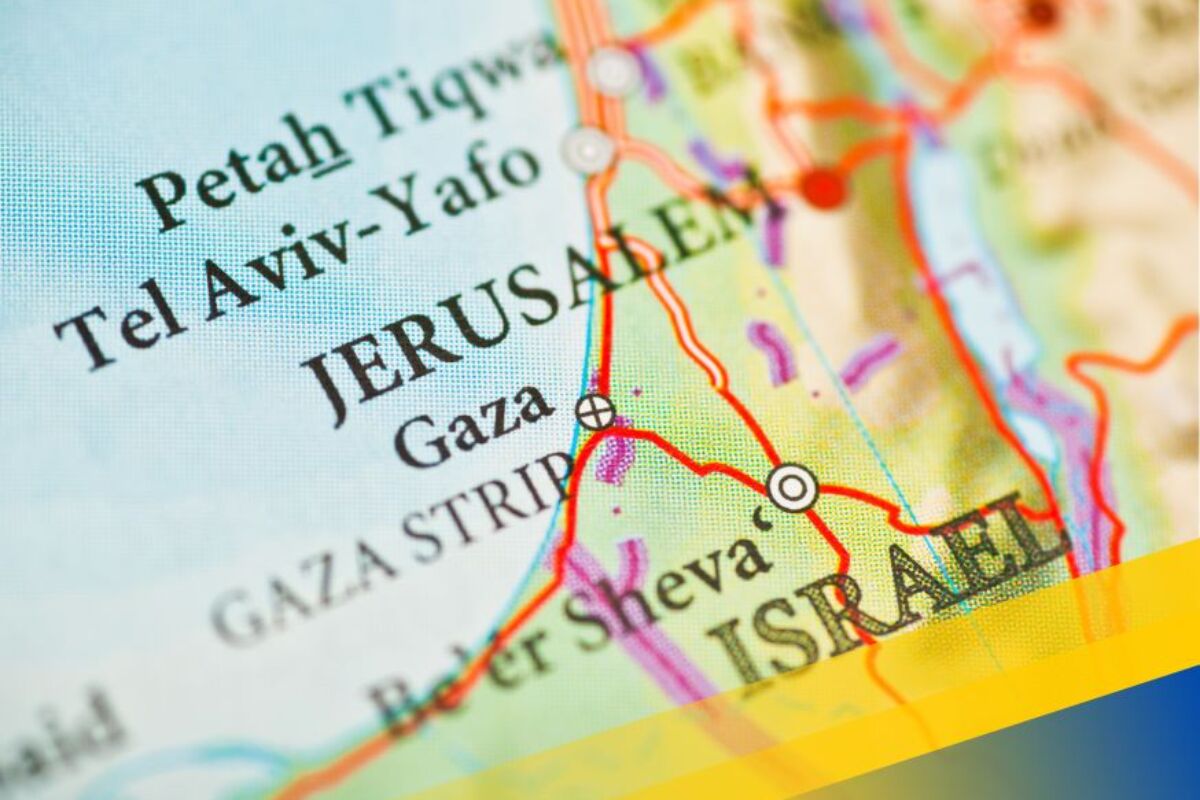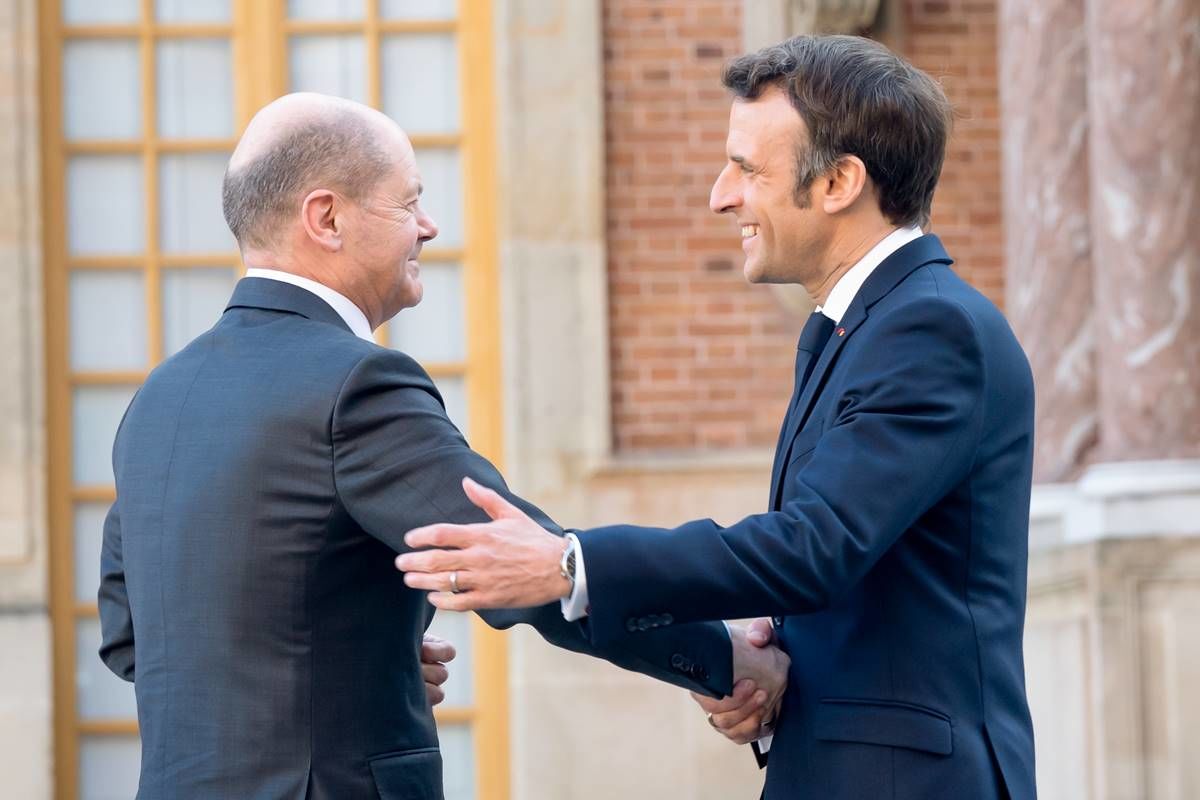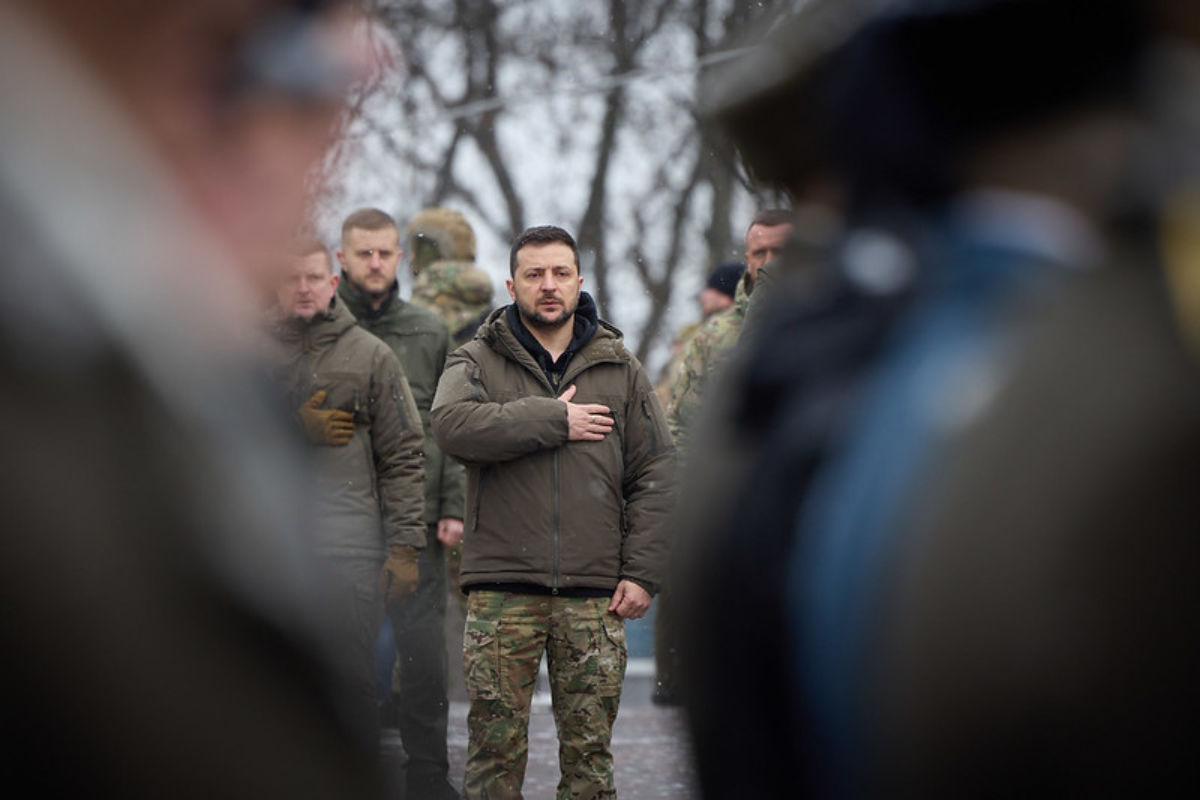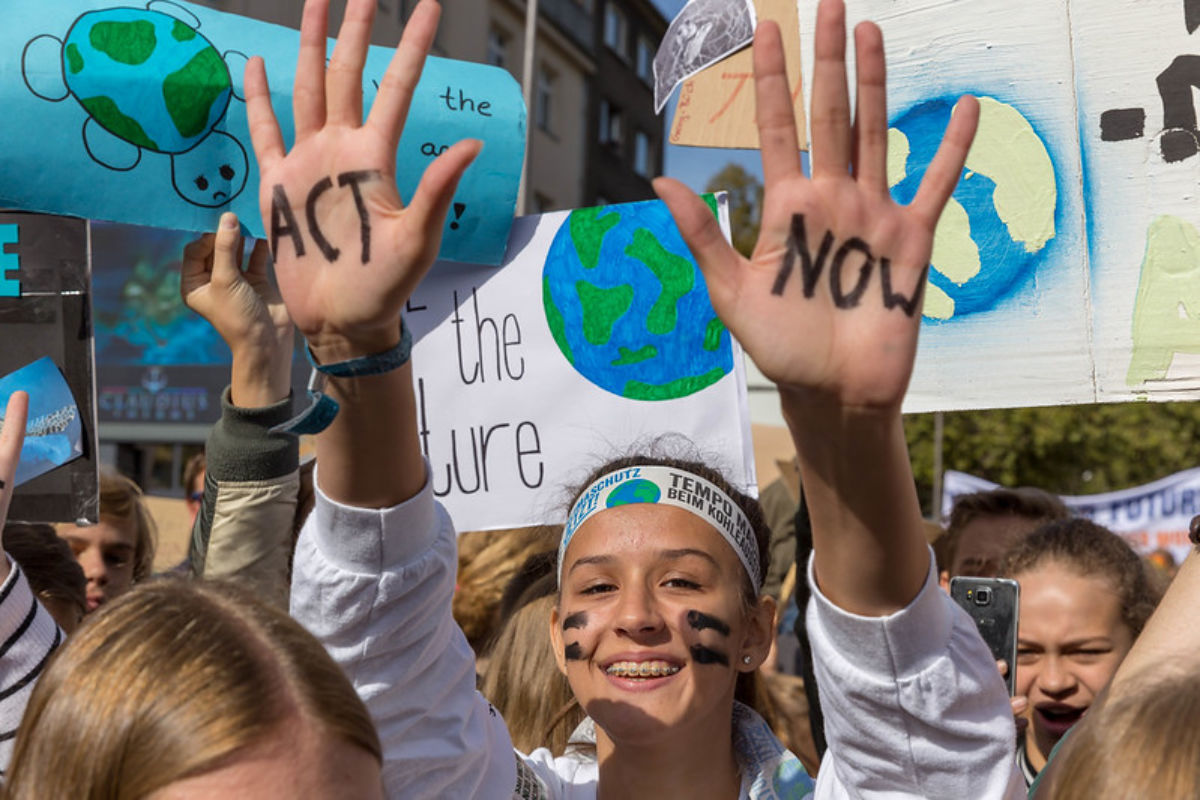If the new High Representative Josep Borrell and new Commissioner for the neighbourhood Olivér Várhelyi are wondering where to start, they would do well to consider what they might do next with Georgia, Moldova and Ukraine. This summer, the Commission organised an open ‘structural consultation’ of official and private stakeholders on the future of the Eastern Partnership. The deadline for submissions was a month ago, and so the new leadership will presumably have a digest of the results on their desks. The EU’s new leadership could see here the makings of an early win for its currently limping foreign and security policy.
The Structural Consultation and AA Trio. Of the many submissions to the ‘structural consultation’, three deserve special attention, namely those from the governments of the ‘AA Trio’. The three Association Agreements (AA), which include Deep and Comprehensive Free Trade Areas (DCFTA), with Georgia, Moldova and Ukraine have been the most substantial achievements within the wider Eastern Partnership. All the AA Trio have been seriously aiming at political and economic integration with the EU, which is not the case with Belarus or Azerbaijan, and only with limitations in the case of Armenia. The AA Trio have made some common and apparently coordinated proposals. Their common message is that the AA/DCFTA process can and should be strengthened. A common point in their submissions is that there should be a certain trilateralisation of their relationship with the EU, with a structured process in which the EU and AA Trio would deliberate together on all matters of common interest, of which there are many. The preferred format remains to be worked out, but the general idea is that there should be an EU + AA Trio process, with meetings at ministerial and expert levels, covering the DCFTA and various thematic domains, some formats involving just the EU institutions, and some with all, or the most interested member states. There could, for example, be an overarching EU + AA Trio Association Council, and different formats for meeting with sectoral Councils of the EU, or Council working groups such as the COEST.
Interestingly, a similar idea has also emerged from the new European Parliament, with the EPP party group adopting a proposal from Andrius Kubilius MEP for a version of the trilateralisation idea. (Kubilius in fact coined the term ‘AA Trio’, a handy generic term irrespective of what precisely should be done).
Updating and upgrading the AA/DCFTAs. However, all these proposals are looking for a far wider range of substantive initiatives than the important but limited trilateralisation idea. For this the two concepts of ‘updating’ and ‘upgrading’ the AA/DCFTAs are relevant. Updating the Annexes to the AA/DCFTA texts with revised EU legislation is a process foreshadowed in the agreements and now ongoing in practice. For many sectors of policy, EU law has been significantly revised since the agreements were drawn up, and a large amount of essentially technical updating is needed and underway. However, beyond this there is scope for qualitative deepening of the agreements – their ‘upgrading’. The proposals of the AA Trio in this respect are numerous, of which as many as 50 are to my mind quite plausibly chosen as practical incremental steps. Examples include fuller integration into the energy union, the digital single market, transport policies and infrastructure linkages, the single European payments area, justice initiatives, new developments in the cyber security, etc. These possibilities could add up to a new momentum of political significance, which is what the AA Trio states are asking for.
This links to the ‘More for More’ slogan that the EU has been deploying for some time in its neighbourhood policy statements. The problem is that neither ‘More’ has been defined in operational terms, neither what more the partners state would have to do, nor what more resources the EU would be prepared to deploy. Unless this is done credibly, the incentive effect can hardly work. So this needs now to be done.
Moldova’s change of government. Since these submissions were made there has been an important change of government in Moldova, with the former ‘pro-European’ led coalition replaced by the ‘pro-Russian’ Socialists. However the change of policy may be much less than the geo-political slogans might suggest, since Moldova’s actual integration with Europe in recent years has become so substantial. Moreover this is essentially an interim government since Moldova has a presidential election scheduled for the end of 2020, which may be combined with early parliamentary elections. This means that over the next year it is still absolutely relevant for the EU to develop enhanced incentives for upgrading the AAs.
What about Belarus, Azerbaijan and Armenia? … and thus the Eastern Partnership as a whole. This framework should continue, and has claims to be a modest success. However, the scope for putting strategic substance into the relationships with Belarus and Azerbaijan is obviously limited for political and economic reasons (authoritarian regimes, not yet even members of the WTO). The EU’s new agreement with Armenia has more substance, with elements similar to the AAs, subject however to limitations imposed by Armenia’s membership of the Eurasian Economic Union; but the AA Trio could offer the example of a dynamic relationship with the EU, from which Armenia could draw encouragement. Overall the Eastern Partnership is still a positive framework for useful actions for all six states to share, but let’s not exaggerate.
What about the Donbass and Russia? Within the next few days, on 9 December, a new ‘Normandy format’ summit of Ukraine, Russia, France and Germany is scheduled to be held in Paris, with a view to seeking progress over the Donbass. The problems in making the full Minsk II agreement feasible politically, i.e. with an ultimate return of the region to Ukraine’s control, remain huge. However, some progress, at least a consolidation of a real cease-fire, might be achieved, maybe more. Russia does not have the appetite or financial capacity to fund the reconstruction of the region; only the EU could, given adequate political circumstances, offer the prospect of taking the lead on this.
This links of course to debate about the conditions under which the EU’s relations with Russia could be put back on a positive track. A real breakthrough over the Donbass would be key. EU success in Eastern Europe could help Russia think its way realistically into becoming a sound partner for the EU.
Open door for a first winning move. The EU’s room for manoeuvre is limited to say the least in relation to the biggest and intractable strategic foreign policy and security problems emanating at this time from Trump’s United States and Xi’s China, as well as Putin’s Russia. However, in Eastern Europe, and with the AA Trio seeking to play a leading role within the Eastern Partnership, there is an open door for a valuable early success. It is hard to think of any other dossier where the EU’s new leadership is so well placed to make a first winning move.



